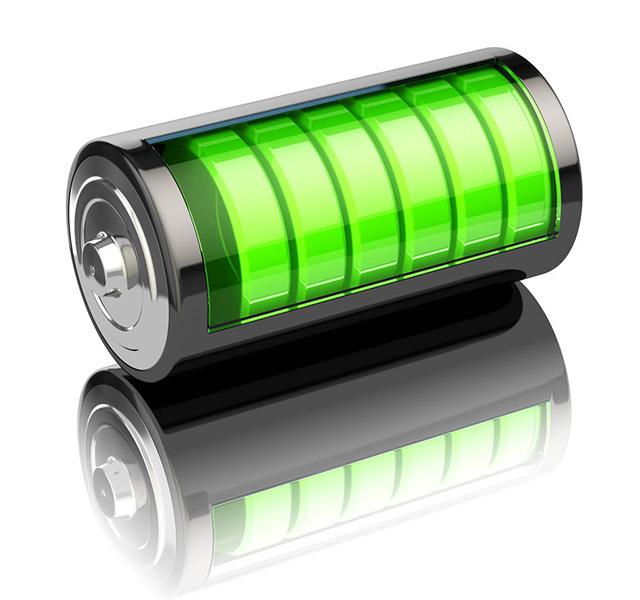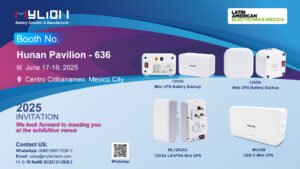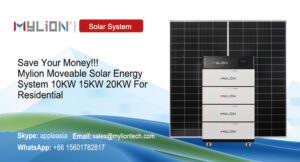In the structure of the lithium battery, the diaphragm is one of the key internal components. The performance of the lithium battery separator determines the battery’s interface structure, internal resistance, etc., and directly affects the battery’s capacity, cycle, and safety performance. A separator with excellent performance plays an important role in improving the overall performance of the battery.
What is a lithium battery separator?
The lithium battery separator is located between the positive electrode and the negative electrode. The main function is to separate the positive and negative active materials to prevent the two electrodes from being short-circuited due to contact; in addition, during the electrochemical reaction, it can maintain the necessary electrolyte to form a channel for ion movement. The diaphragm material is non-conductive, and the type of lithium battery is different, and the diaphragm used is also different.
What are the constituent materials of lithium battery separators?
According to different physical and chemical characteristics, lithium battery separator materials can be divided into woven membranes, non-woven membranes (non-woven fabrics), microporous membranes, composite membranes, membrane paper, and laminated membranes.
Polyolefin materials have excellent mechanical properties, chemical stability and relatively inexpensive characteristics. Therefore, polyolefin microporous membranes such as polyethylene and polypropylene have been used as lithium battery separators in the early stage of lithium battery research and development. Although in recent years there have been studies using other materials to prepare lithium battery separators, such as the use of phase inversion methods to prepare lithium battery separators with polyvinylidene fluoride (PVDF) as the bulk polymer, and research on cellulose composite membranes as lithium battery separator materials.
However, the diaphragm materials on the market are mainly polyolefin diaphragms based on polyethylene and polypropylene. Among them, polyethylene products are mainly made by wet processes, and polypropylene products are mainly made by dry processes.
What are the types of lithium battery separators?
Lithium battery separators can be divided into different types according to their structure and composition. There are three main types that are more common in the market today, namely porous polymer membranes, non-woven membranes and inorganic composite membranes.
Porous polymer membrane: refers to a lithium battery separator with uniform pore distribution prepared by mechanical methods, thermally induced phase separation methods, immersion precipitation methods and other methods.
Non-woven diaphragm: It is composed of oriented or random fibers, and is usually compounded with organic matter or ceramic gel to obtain a lithium battery diaphragm with better chemical and physical properties.
Inorganic composite membrane: Most of the lithium battery separators are composited with inorganic nanoparticles and high polymers.
As an important internal component of lithium batteries, the lithium battery separator has a broad development prospect, and its production technology level will also be improved.








